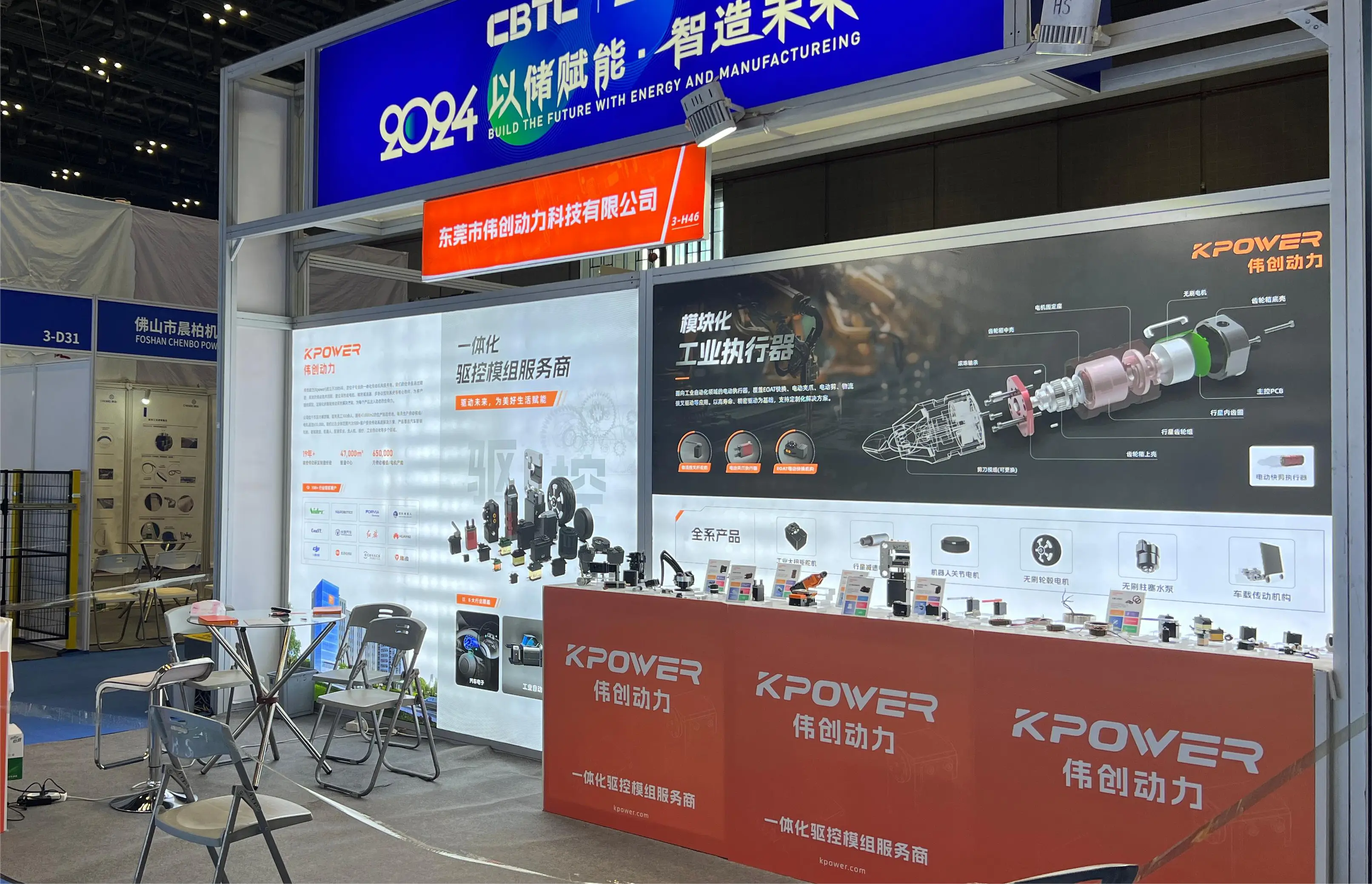Unlocking the Potential of Arduino with Joystick and Servo Motors
Imagine this: you hold a small joystick, and with a gentle push or tilt, a servo motor responds precisely, mirroring your movement in real-time. This simple yet powerful interaction forms the backbone of countless innovations across robotics, gaming controllers, remote surgeries, and even artistic installations. The intriguing part? It’s all achievable with just a few components: an Arduino microcontroller, a joystick module, and a servo motor.

Why Choose a Joystick for Control?
Joysticks are intuitive control devices. Unlike buttons, which offer binary on/off inputs, joysticks allow for a range of positions—X and Y axes—that translate smoothly into control signals. They are perfect for applications needing nuanced movements, such as controlling a camera gimbal, steering a robot arm, or playing flight simulator games.
What is a Servo Motor?
Servo motors are small, high-precision actuators capable of rotating to a specific position within a limited range—typically 0° to 180°. They contain a built-in feedback system (a potentiometer) that ensures accurate positioning based on the control signal, making them ideal for robotics and automation projects.
The Power of Combining a Joystick with a Servo and Arduino
When integrated with an Arduino, a joystick can become a dynamic input device that controls a servo motor effortlessly. The Arduino reads analog signals from the joystick, processes the data, and then sends PWM (Pulse Width Modulation) signals to the servo motor, commanding it to move to the corresponding position.
This combination is not only educational but also opens up endless creative options—from simple projects like a remote-controlled arm to complex robotics systems.
Setting Up Your Workspace
Before diving into the coding and wiring, gather your components:
Arduino Uno or compatible microcontroller Analog joystick module (usually with two potentiometers for X and Y axes) Servo motor (commonly a standard hobby servo) Breadboard and jumper wires Power supply (if your servo demands higher current)
Once your components are ready, follow these preliminary steps:
Wiring the Joystick: Connect the VCC pin of the joystick module to the 5V output on Arduino, the GND to ground, and the VRX and VRY pins to analog input pins (for example, A0 and A1).
Wiring the Servo Motor: Connect the servo's power pin (usually red) to the 5V power supply, ground (black or brown) to ground, and the control signal pin (yellow, orange, or white) to a PWM-capable digital pin on Arduino (e.g., D9).
With everything wired correctly, you're ready to start coding.
Basic Principles of Programming the Joystick-Servo System
The core of your program involves reading the analog input from the joystick, mapping that input to the servo's rotation range, and then sending corresponding PWM signals to the servo.
Here’s the simplified flow:
Read Analog Inputs: Use analogRead() to get values from the joystick axes (0-1023).
Map Values to Degrees: Convert the 0-1023 range into degrees (0-180). For example, map() function in Arduino helps here.
Write to Servo: Use the Servo library's write() function to set the servo’s position.
This process creates real-time, responsive control. As you tilt or push the joystick, the servo reacts, simulating physical control.
Sample Code Snippet
#include const int joystickXPin = A0; // Analog pin for X-axis const int joystickYPin = A1; // Analog pin for Y-axis Servo myServo; void setup() { Serial.begin(9600); myServo.attach(9); // Pin connected to servo } void loop() { int xValue = analogRead(joystickXPin); int yValue = analogRead(joystickYPin); // Map the analog input to 0-180 degrees int servoXPos = map(xValue, 0, 1023, 0, 180); int servoYPos = map(yValue, 0, 1023, 0, 180); // Write the mapped position to the servo myServo.write(servoXPos); // Or use servoYPos depending on control scheme // Optional: Print values for debugging Serial.print("X: "); Serial.print(xValue); Serial.print(" Y: "); Serial.println(yValue); delay(15); // Small delay for stability }
Practical Applications and Enhancements
This basic setup paves the way for more complex projects. You can incorporate multiple servos for 2D movement, integrate sensors for obstacle detection, or even add wireless control. The possibilities extend into art installations, educational kits, and advanced robotics.
Troubleshooting Tips
Ensure the servo power supply can handle the current demands. Confirm the wiring matches the pin assignments in your code. Use serial prints to debug analog read values. Remember that a standard hobby servo generally has a range of 0-180°. Some servos might have a different range, so check specifications.
Looking Forward
Now that you understand the fundamental components and the basic code setup, the next step is to experiment—try different mappings, add multiple axes, and customize your control scheme. Engaging with this project not only enhances your technical skills but also nurtures your imagination—bringing digital commands to life through physical motion.
Stay tuned for the second part, where we delve deeper into advanced features, real-world applications, and tips to optimize your joystick-servo-Arduino projects for maximum precision and performance.
Kpower has delivered professional drive system solutions to over 500 enterprise clients globally with products covering various fields such as Smart Home Systems, Automatic Electronics, Robotics, Precision Agriculture, Drones, and Industrial Automation.




































